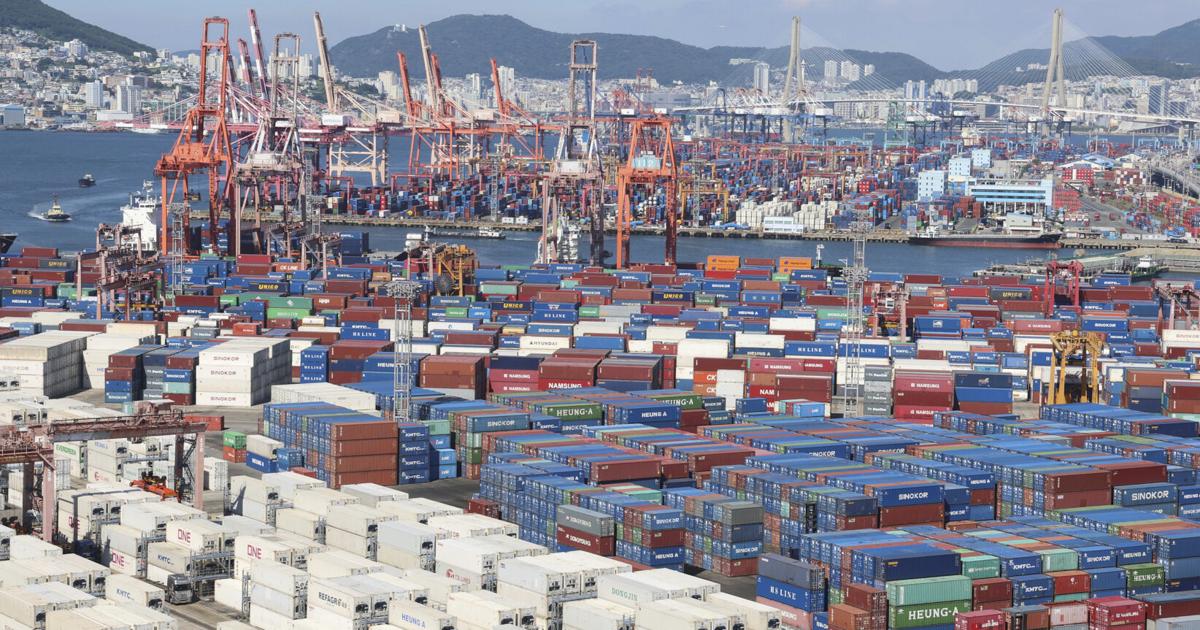President Donald Trump’s administration has initiated a significant new phase in its trade policy, poised to impose sweeping tariffs on a vast array of U.S. trading partners. These incoming US Tariffs, while initially set for an earlier deadline, are now slated to take effect on August 7, marking a critical test for the Global Trade landscape and international alliances. The executive order, signed recently, signals a strategic move designed to reshape economic relationships worldwide, creating a ripple effect across diverse industries and nations.
The announcement of these broad US Tariffs followed a period of intense diplomatic activity and Trade Negotiations by the White House. While President Trump had set an an initial August 1 deadline, the adjusted implementation date to August 7 was attributed to the government’s need to harmonize the new tariff rates across numerous sectors. This dynamic period saw the White House engage in various agreements with various nations and blocs, attempting to mitigate the potential Economic Impact of the impending duties on specific partners.
Several nations experienced varied outcomes in their Trade Negotiations with the United States. Cambodia and Thailand, for instance, saw their tariff rates significantly reduced from 36% to 19%, a move celebrated as “good news” for their economies. Similarly, South Korea secured a 15% tariff rate, deemed beneficial for its export environment. Pakistan also reached an agreement expected to lower tariffs on its exports, particularly copper, highlighting the individualized nature of these bilateral discussions under Donald Trump’s trade agenda.
Conversely, many countries continue to face substantial uncertainty and higher import taxes. Taiwan, a crucial U.S. ally, will be subject to a 20% tariff, with its president expressing hopes for further reductions. Other nations including Israel, Iceland, Fiji, Ghana, Guyana, and Ecuador are facing a 15% tariff rate on their imported goods. These ongoing impositions underscore the administration’s assertive stance on Global Trade and its willingness to apply significant economic pressure to achieve its policy objectives, testing existing International Relations.
The European Union, a major trading bloc, is navigating a complex agreement that anticipates a 15% tariff on most EU exports. Despite some agreed-upon “strategic” carve-outs for items like aircraft parts and certain chemicals, industries such as luxury sports car manufacturing and skincare are already grappling with the implications. Ferrari, for example, has maintained a price surcharge on U.S. imports, while French skincare company Yon-Ka anticipates job freezes and scaled-back investment due to the added Economic Impact of these duties.
Specific countries like Mexico and Brazil present unique facets of these US Tariffs. Mexico secured a 90-day extension on threatened tariffs, but certain sectors like autos will still face a 25% tariff. Brazil, on the other hand, faces tariffs linked to its domestic policies, with Donald Trump citing an “economic emergency.” While certain Brazilian exports like civil aircraft and energy products are exempt, the finance minister expressed concerns about the “injustice” of the measures, signaling ongoing Trade Negotiations.
The legality of President Donald Trump’s tariff imposition has also faced scrutiny, particularly in the U.S. Court of Appeals for the Federal Circuit. Judges expressed skepticism regarding the administration’s use of the International Emergency Economic Powers Act (IEEPA) to impose tariffs without congressional approval. This judicial challenge highlights a significant debate over executive authority in Global Trade policy, adding another layer of complexity to the unfolding US Tariffs narrative and their broader Economic Impact.
In conclusion, the new wave of US Tariffs initiated by Donald Trump continues to reshape the contours of Global Trade, influencing International Relations and presenting a multifaceted Economic Impact worldwide. The dynamic landscape of ongoing Trade Negotiations, coupled with legal challenges and varying national outcomes, underscores the far-reaching implications of this assertive trade strategy. Businesses and governments globally are adapting to this evolving environment, with the full long-term effects yet to be definitively measured.





Leave a Reply